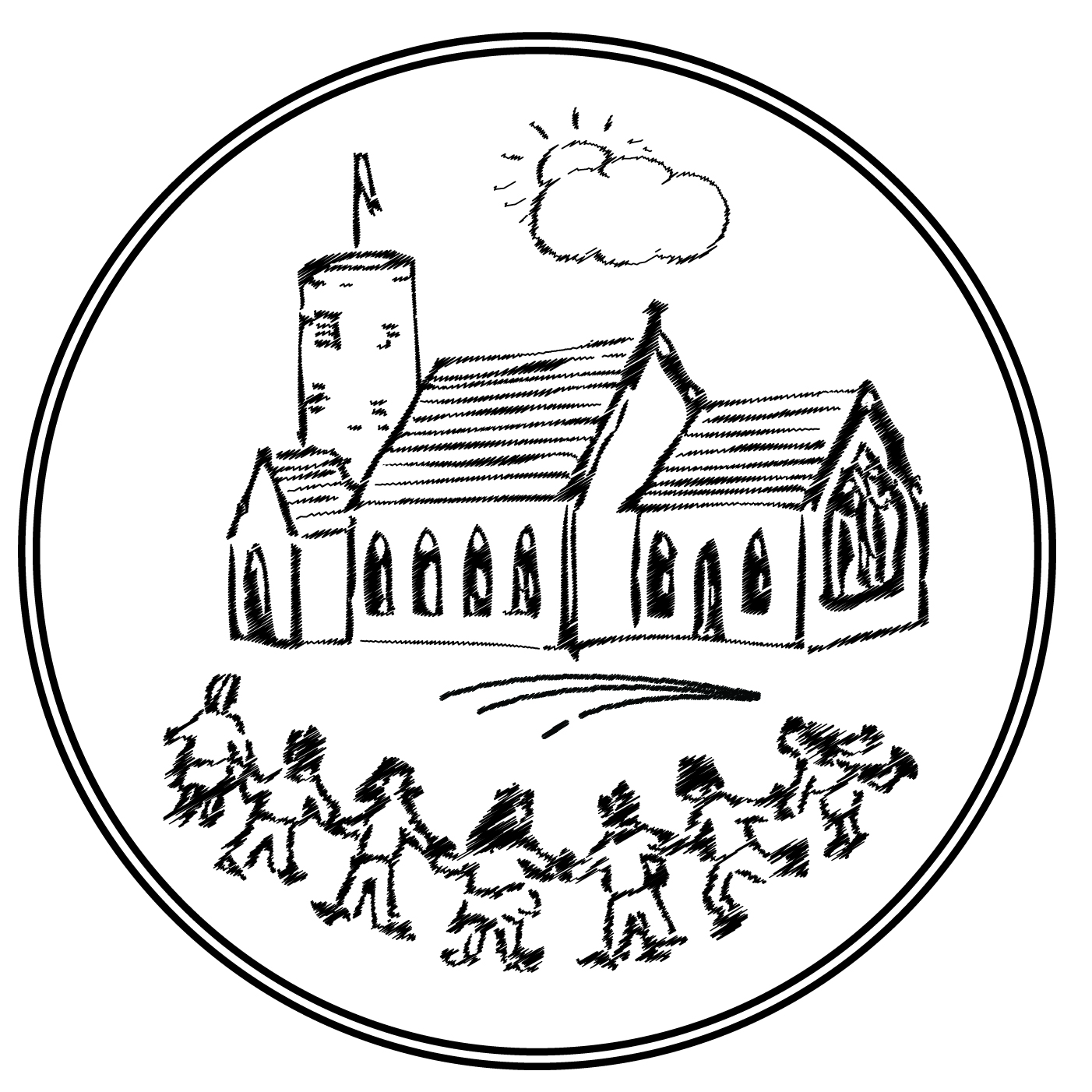Geography
Our school vision ‘Curious Minds, Open Hearts & Joy of Learning’ is at the heart of all we do.
Curious Minds -At Homefield, we seek to inspire our children to develop a curiosity and fascination about the world. Our CUSP curriculum allows opportunities for children to think like a Geographer and ask and explore exciting questions.
Open Hearts - Our local community has limited diversity, therefore, our Geography curriculum intends to immerse children in different countries, cultures and experiences. Our CUSP curriculum looks at people and places across the globe, allowing our children to build a secure understanding of the wider world and where our place in it.
Joy of learning –We are lucky enough to be located in one of the most easterly parts of the UK, providing us with opportunities to explore many features of human and physical geography first hand. Our inspiring Forest School also provides opportunities to immerse children in their geography learning and allows pupils to make connections with the natural environment.
Our core value of respect shines through our Geography curriculum, developing pupils respect for their local, national and global environment.
Our Geography Curriculum
Children in Early Years will be given opportunities to make sense of their world, through exploring, observing and finding out about people, places and the environment.
Geography is planned sequentially and cumulatively from Years 1-6. Geography is currently taught across three blocks throughout the year, every other half-term and is taught using the CUSP curriculum. As well as delivering the subject content of geography, the curriculum also makes links with other subjects, helping our children to acquire and develop the skills and confidence to undertake geographical enquiry, problem-solving and decision-making in context.
Our Geography curriculum ensures that pupils will:
- Have a thorough understanding of their local area and its place in the world.
- Show understanding of other cultures and demonstrate respect for their global environment.
- Have great locational knowledge.
- Develop great geographical skills, including how to use, draw and interpret maps.
- Describe key aspects of human and physical geography.
CUSP Geography
CUSP fulfils and goes well beyond the expectations of the National Curriculum as we believe there is no ceiling to what pupils can learn.
A guiding principle of CUSP Geography is that each study draws upon prior learning high volume and deliberate practice are essential for pupils to remember and retrieve substantive knowledge and use their disciplinary knowledge to explain and articulate what they know. This means pupils make conscious connections and think hard, using what they know.
CUSP Geography is built around the principles of cumulative knowledge focusing on spaces, places, scale, human and physical processes with an emphasis on how content is connected and relational knowledge acquired. An example of this is the identification of continents, such as Europe, and its relationship to the location of the UK.
Geography Substantive Concepts
Children use these key concepts to make links across and between modules of learning.
|
Substantive Concepts |
||||
|
|
|
|
|
|
|
Where it is.
|
What it is like. |
Our environment. Human features such as city, town, harbour etc. |
Our environment. Physical features such as cliff, ocean, beach etc.
|
Practical. Being out in the environment. Collecting data.
|
Disciplinary Knowledge
Children's learning of historical knowledge fits into these key disciplinary concepts.
|
Disciplinary Knowledge |
|||||
|
|
|
|
|
|
|
|
To know locations and what the location means to people who live there.
|
To get a better understanding of places and compare them with other parts of the world. |
To understand how places change and are shaped by physical geography. |
To understand how places change and are shaped by human geography. |
To think about how we and others affect the environment. |
To understand and respect people and cultures from all around the world. |
|
Year Group |
Autumn |
Spring |
Summer |
|
Year 1 |
Mapping skills and field work Weather patterns
|
Countries of UK Capital cities of UK Seas around the UK Weather patterns
|
Continents Oceans Hot and cold places Weather patterns
|
|
Year 2 |
Human and Physical features Local Area |
Human and Physical features Compare a small part of the UK to a non-European location – London and Nairobi
|
Fieldwork and map skills Compare a different non-European location to our locality - Amazon Rainforest
|
|
Year 3 |
Fieldwork – human and physical features |
Study counties and regions of the United Kingdom
|
Revisit human and physical features OS maps and scale |
|
Year 4 |
Rivers Latitude and longitude
|
Latitude and longitude Water cycle
|
Map skills – environmental regions Rivers revisited
|
|
Year 5 |
World countries – biomes and environmental regions |
4 and 6 figure grid references |
OS maps and fieldwork |
|
Year 6 |
Physical processes |
UK, Europe and North America comparison study |
Settlements OS Maps and fieldwork (orienteering)
|
Nature School
To enrich our inspiring Geography curriculum, pupils at Homefield also take part in Nature School, run by a qualified and experienced leader. At Homefield we value outdoor learning and we understand the impact that it has on children’s health and wellbeing. We have a wonderful purpose built woodland setting that offers a range of outdoor learning experiences.
Children will discover answers to their curiosities by exploring the natural world, regardless of the weather! Through play, children will make connections with the wider world, face challenges that will expose them to risk, vulnerability and change. Sessions will encourage holistic development, allowing children to learn new skills, build self-reflection, self-regulation and resilience when experiencing real world problems.



